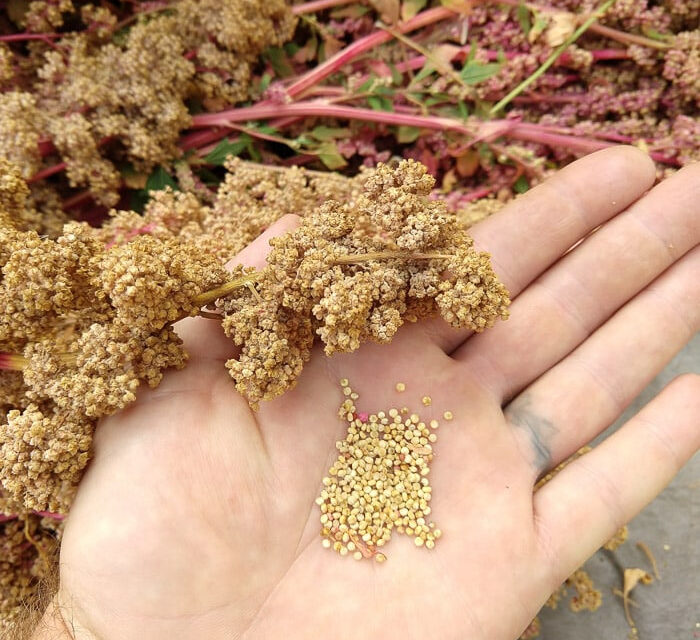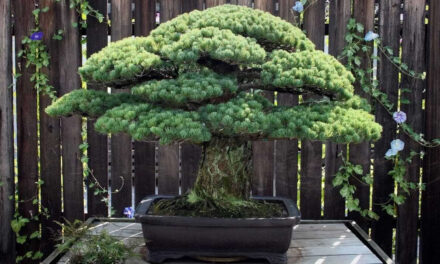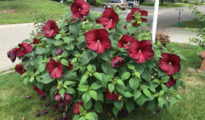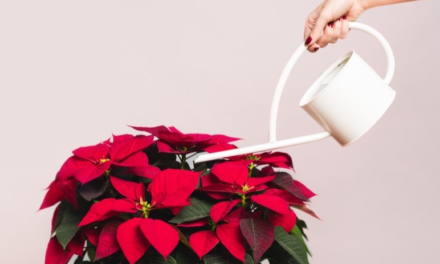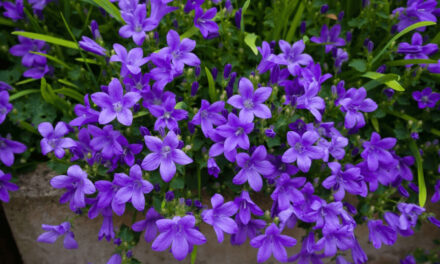Quinoa, pronounced KEEN-wah, is not a grain, but a pseudocereal. It has been cultivated in the Andes Mountains of South America for over 3000 years. Quinoa is high in protein and fiber, and it is gluten free. It can be added to salads, soups, stews, or baked goods. You can also grow quinoa in your garden. Here's how.
If you're looking for an easy-to-grow, nutrient-rich crop to add to your garden, quinoa is a great choice! This versatile grain can be used in both sweet and savory dishes, and it's a great source of protein. In this tutorial, we'll teach you how to grow quinoa at home. So read on to learn more!
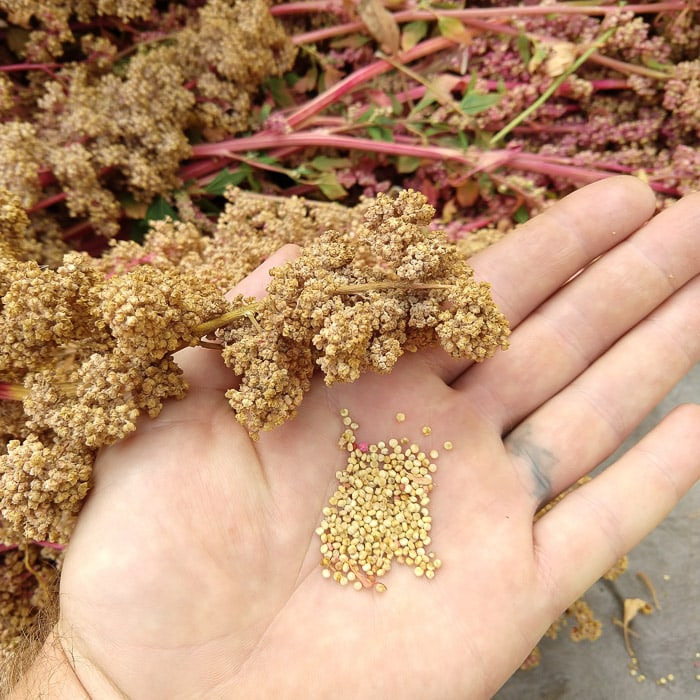
Tips/Tricks for Growing Quinoa
Want to learn how grow your own quinoa? Read on for tips and tricks from the experts. If you're looking to get started with growing this delicious crop, we've got a few pointers that will help make sure it's an easy and successful endeavor. First of all, look into where you live; while there are many places in North America that can provide ideal conditions for quinoa cultivation (i.e., hot summers), some areas may not be conducive due to high humidity or cold winters without irrigation systems available. Next, before planting any seeds, soak them overnight so they germinate more quickly- typically 8 hours is enough time but consult our blog post about seed soaking times if you want specifics! Once planted, water regularly!
How to Grow Quinoa From Seeds
Quinoa is a hardy crop that can be planted in many different ways. The most common method of planting it is by sowing seeds directly into the ground. This is by far the easiest and quickest way if you live somewhere where there's not much frost interference, such as California, or warmer places like Australia. Those who live in colder climates may want to start their quinoas indoors first to protect the quinoa from chilly winds during the germination stage, which takes about 10 days.
For best results, we recommend starting quinoa seeds indoors – this apply to whether you live in a cooler or warmer climate. Starting seeds indoors is usually the best way to grow almost any crop.
How to Start Quinoa Seeds Indoors
Quinoa is a fast-growing plant that shouldn't be seeded indoors too early. Sow the small seeds in cell packs and trays or pots four to five weeks before your last expected spring frost, but don’t plant them deeply – just under an inch of soil will do! Place these containers beneath grow lights or inside sunny windows with ample sunlight for optimal healthy growth.. Make sure you mist often so everything stays evenly moist.
Growing quinoa is easy! The seeds germinate quickly, usually in four to five days. Ensure the soil is moist at all times during this period; when it's dry, add some water soluble organic fertilizer diluted to 1/2 strength – this will help your plants develop their second set true leaves faster. Hard the plants off and transplant into the garden once all danger of frost has passed.
How to Grow Quinoa Directly Outdoors
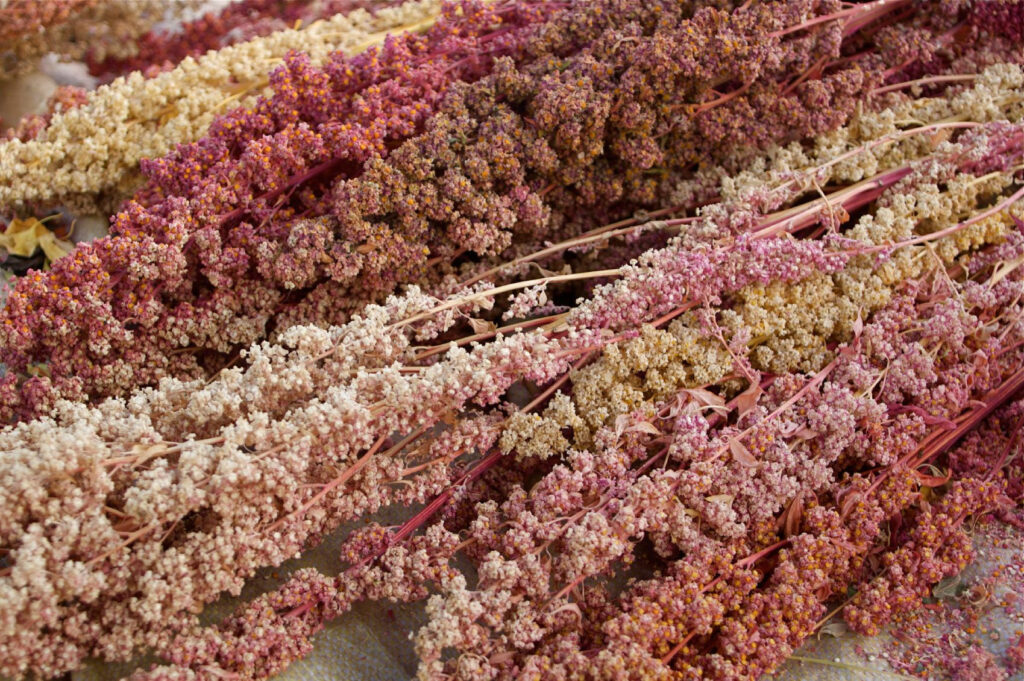
Quinoa will grow great in raised beds with plenty of sun and well draining soil. Plant tiny seeds in early spring, spaced two to three inches apart. Keep soil consistently moist until they germinate – this should take anywhere from 7 to 14 days. Water regularly and replace cover. Once seeds have been established, remove cover completely.
Thinning – When seedlings are about 2 inches tall, thin them 12 to 18 inches apart depending on the variety you’re growing. Shorter varieties can be spaced a foot from each other while taller ones should get at least 8-10 ft between plants for best results eating as greens only if desired otherwise just grow and eat quinoa!
Watering – When it's hot outside and you need a break from watering your plants, don't forget about them! Established plants can tolerate dry soil better than new ones. Make sure to mulch up with straw in the fall – this will help retain moisture so they continue growing strong through next year even if there was no rain or snowfall this past winter.
Weeding – Pulling weeds is easy when you have a young garden. If your quinoa plants are still developing, they can be sensitive to competition and will rarely produce good seeds without being protected from it's natural foes like birds that love eating these tasty grains! The best way I've found for keeping pesky lambs quarters out of my crop? Growing them in containers so there’s nothing else growing close by!
Staking – Quinoa plants can grow quite tall, and they generally measure four to six feet! Because they get so tall, it's important to stake the plants or use a trellis to protect them from strong winds.
When to Harvest Quinoa
Keep an eye on your quinoa patch this summer. You’ll notice that as the seed heads dry and leaves fall from plants, it's time for harvest! Check if they're mature by running a hand along their stalks. If any seeds stick in between fingers or palms, then cut below these heads with sharp pruners so you can drop them into containers nearby. Or, place sheets beneath hanging crops until all have been harvested properly. Find a safe and ventilated spot to dry any remaining seeds.
Quinoa is a crop that can be harvested early to protect its delicate seed head before frost strikes. The following morning, remove any covers from the plants so they have time to dry in direct sunlight.
Common Quinoa Pests
Aphids – Some people find that aphids are an annoying pest. I like to leave these colonies alone so the beneficial insects can feed on them! If there is no sign of activity after two days, then it’s time for some water action – simply spray away any visible bugs with your hose until they're gone or put out by stronger jets.
Leaf Miners – Leaf miners love quinoa! The small insect damages the leaves and makes them unsightly, but it doesn't kill plants. To prevent this pest from ruining your garden try floating lightweight row cover or insect barrier fabric over newly planted beds to keep out adult females that lay eggs on leaves as they feed their way through growth cycles-no leaf mining here thanks to some common sense and natural care.
Slugs – Slugs are common garden pests that can completely destroy a garden if you're not careful. The best way to remove them? Keep an eye on your garden and remove them manually whenever you see them. Read more about how to get rid of slugs in the garden.

